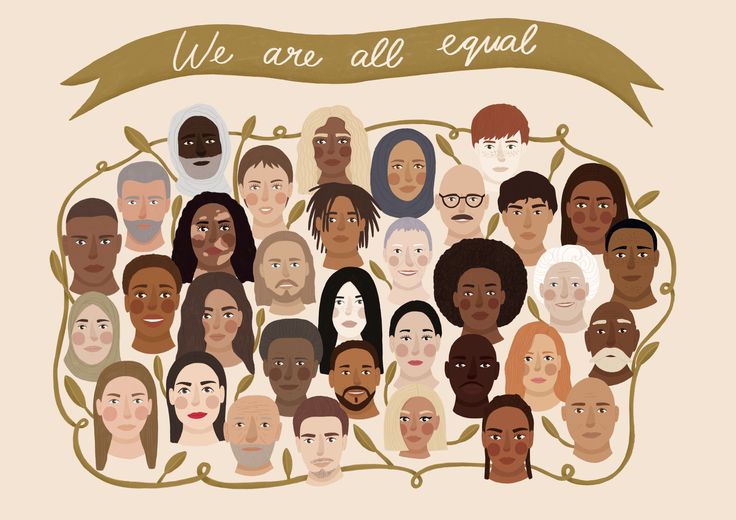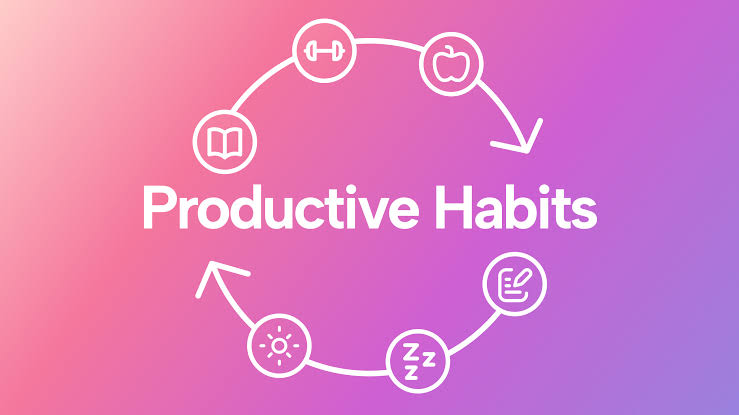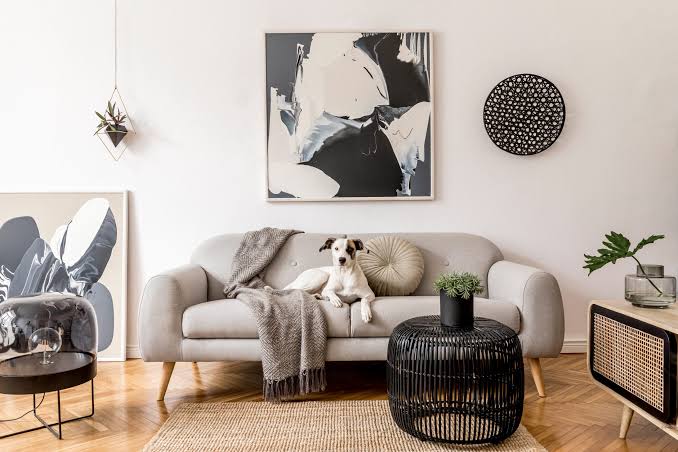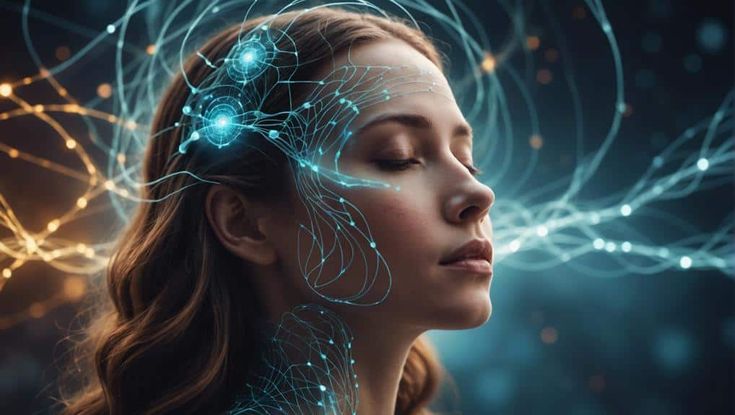What I think about SDG 10

One of the Sustainable Development Goals that speaks to me deeply is SDG 10: Reduced Inequality. It’s a goal that calls for the fair treatment of all people, regardless of their background, status, or identity.
Many people think inequality is a thing of the past—something that only existed in the days of blatant racism or obvious discrimination. But I beg to differ. Inequality still exists, though it has taken on more subtle and complex forms in today’s world.
It’s no longer just about race or gender alone. Inequality now shows up in how opportunities are distributed, how people are treated in workplaces, schools, public spaces—and yes, even in religious spaces. It’s often silent, but if you pay close attention, you’ll see it: in how some voices are ignored, how certain people are overlooked, and how systems are built to favor a select few.
Fighting inequality isn’t just a global agenda—it’s something we must take personally. And here are a few things I believe we can do to support SDG 10 in our everyday lives:
---
1. Be Mindful of How We Treat People
The first step in reducing inequality is awareness. We need to be intentional about how we treat others—whether they’re wealthy or struggling, educated or not, well-dressed or not. Every human deserves dignity. Our tone, body language, and actions matter.
---
2. Stop Letting Social Class Define Respect
No one should be respected based solely on status or wealth. Everyone—regardless of their background—deserves equal access to opportunities and fair treatment. Social class should never be a tool for discrimination, yet we see it happen every day. It's time we unlearn that mindset.
---
3. Protect People's Rights—Always
We must never allow systems or people to trample on the rights of others. Whether it's in the workplace, school, or society at large, we should all be bold enough to speak up when we see injustice. If you have a voice, use it to defend those who don't.
---
4. Educate Others on the Dangers of Inequality
A lot of people simply don't know how harmful inequality is—or that it even exists around them. That’s why we must keep the conversation alive. Through storytelling, advocacy, and everyday conversations, we can raise awareness and influence others to act differently.
---
In conclusion, SDG 10 is not just a global goal—it’s a call to action for every one of us. If we all commit to seeing and treating people as equals, the world would be a fairer, kinder place.
Let’s start where we are. Let’s be the change.




